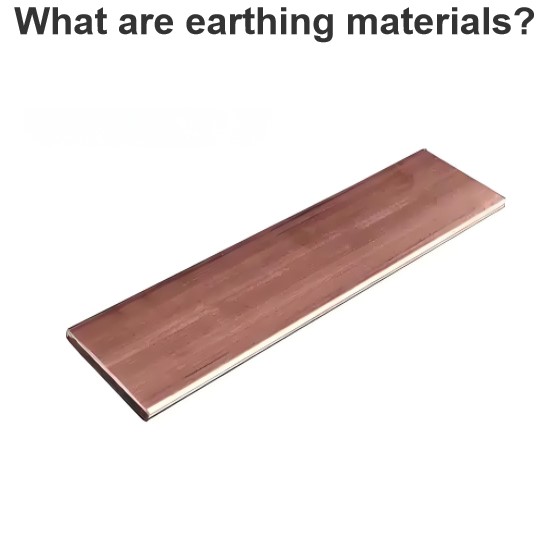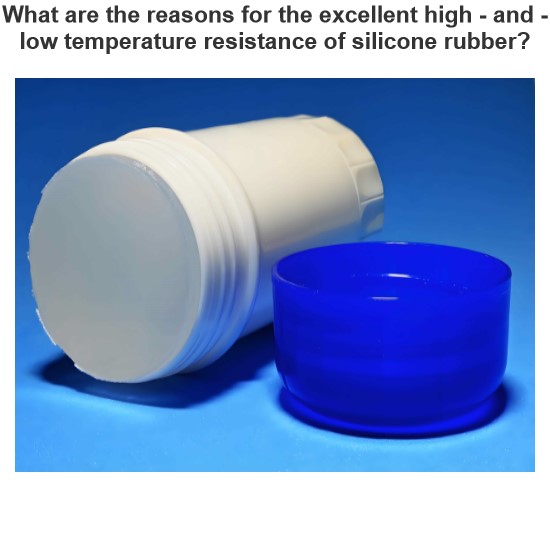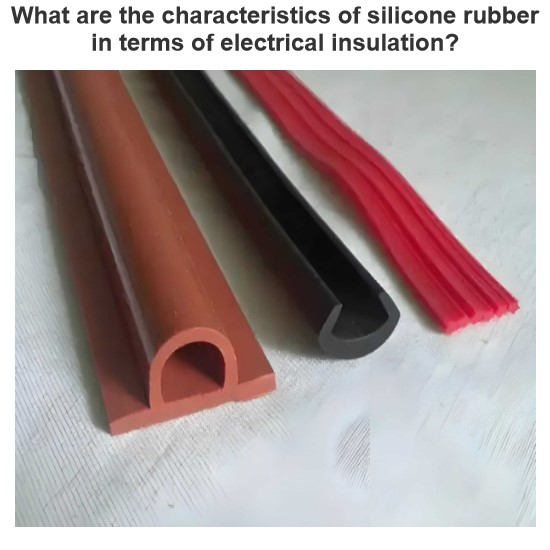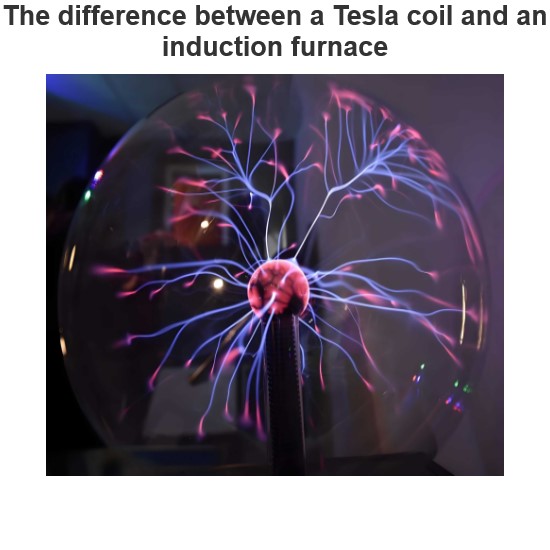Hard Magnetic Materials
For understanding the hard magnetic materials, we have to know certain terms. They are as follows:
Coercivity: The capability of a ferromagnetic material to hold up (resist) a peripheral magnetic field without getting demagnetized.
Retentivity (Br): It is the amount of magnetism that a ferromagnetic material can maintain even after the magnetic field is decreased to zero.
Permeability: It is used to determine how a material reacts to the applied magnetic field.
Magnetic materials are mainly classified (based on the magnitude of coercive force) into two sub domains – hard magnetic materials and soft magnetic materials,
Now, we can define hard magnetic materials. These materials are really hard in the basis that it is very difficult to get magnetised. The reason is that the domain walls are motionless owing to crystal defects and imperfections.
But if it gets magnetised, it will be permanently magnetised. That is why; it is also called as permanent magnetic material. They have coercive force greater than 10kA/m and have high retentivity. When we expose a hard magnet to an external magnetic field for the first time, the domain grows and rotates to align with the applied field at the saturation magnetization. After that, the field is removed. As a result, the magnetization is somewhat reverted but it does not track the magnetization curve any longer. A certain amount of energy (Br) is stored in the magnet and it becomes permanently magnetized.
Hysteresis Loop
The total area of the hysteresis loop = the energy which is dissipated when a material of unit volume is magnetized during a cycle of operation. The B-H curve or hysteresis loop of the hard magnetic materials will be always having large area because of large coercive force as shown in figure below.
BH Product
The product BH varies along the demagnetisation curve. The good permanent magnet will have maximum value of product BHmax. We have to know that the dimension of this BH implies energy density (Jm-3). So this is called the energy product.
Properties of Hard Magnetic Materials
Utmost retentivity and coercivity.
Value of energy product (BH) will be large.
The shape of BH loop is nearly rectangle.
High hysteresis loop.
Small initial permeability.
The properties of some important permanent magnetic material are shown in the table below.
| Hard magnetic materials | Coercivity (Am-1) | Retentivity (T) | BHmax(Jm-1) |
| Alnico 5 (Alcomax)(51Fe, 24 Co,14 Ni, 8Al, 3Cu) | 44,000 | 1.25 | 36,000 |
| Alnico 2(55Fe, 12Co, 17Ni, 10Al, 6Cu) | 44,800 | 0.7 | 13,600 |
| Chrome steel(98Fe, 0.9Cr, 0.6 C, 0.4Mn) | 4,000 | 1.0 | 1,600 |
| Oxide(57Fe, 28 O, 15Co) | 72,000 | 0.2 | 4,800 |
Some important hard magnetic materials are the following:
Steel
The carbon steel have large hysteresis loop. Due to any shock or vibration, they lose their magnetic properties rapidly. But tungsten steel, chromium steel and cobalt steel have high energy product.
Alnico
It is made up of aluminium, nickel and cobalt to boost to improve the magnetic properties. Alnico 5 is the most important material used to create permanent magnet. The BH product is 36000 Jm-3. It is used in high temperature operation.
Rare-Earth Alloys:
SmCo5, Sm2Co17, NdFeB etc.
Hard Ferrites or Ceramic magnets (like Barium Ferrites):
These materials can be powdered and used as a binder in plastics. The plastics made by this method are called plastic magnet.
Bonded Magnets:
It is used in DC motors, Stepper motors etc.
Nanocrystalline hard magnet (Nd-Fe-B Alloys):
The small size and weight of these material make it to use in medical devices, thin motors etc.
Applications of Hard Magnetic Materials
Hard magnetic materials have wide range of applications. They are as follows:
Automotive: motor drives for fans, wipers, injection pumps; starter motors; Control for seats, windows etc.
Telecommunication: Microphones, Loud Speakers, Telephone Ringers etc.
Data processing: Printers, Stepping Motors, Disc Drives and Actuators.
Consumer electronics: Home computers, Clocks, DC Motors for showers etc.
Electronic and instrumentation: Energy Meter Disc, Sensors, Dampers etc.
Industrial: Lifting apparatus, Robotics, Meters etc.
Astro and aerospace: Auto-compass, Couplings, Instrumentation etc.
Biosurgical: NMR/MRI body scanner, Wound Closures etc.
Statement: Respect the original, good articles worth sharing, if there is infringement please contact delete.
Electrical4U is dedicated to the teaching and sharing of all things related to electrical and electronics engineering.















